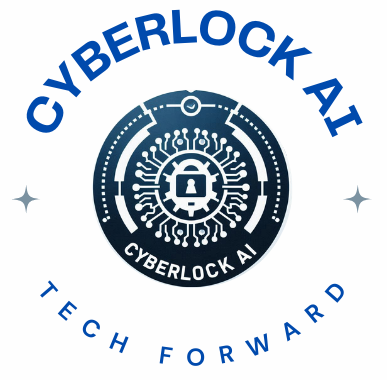 Cybersecurity might sound like something just for the big leagues, but small businesses are squarely in the crosshairs too. It’s about protecting digital assets from getting hacked. Whether it’s customer data or company secrets, cybercriminals aren’t picky about what they snatch.
Cybersecurity might sound like something just for the big leagues, but small businesses are squarely in the crosshairs too. It’s about protecting digital assets from getting hacked. Whether it’s customer data or company secrets, cybercriminals aren’t picky about what they snatch.
Small businesses face several threats like phishing attacks, ransomware, and good old-fashioned malware. They often hit where it hurts most, catching businesses unprepared without those beefy security budgets big companies have. Imagine you’re working late, and suddenly your screen’s locked with a ransom demand. Not cool, right?
The fallout from a cyber-attack isn’t just the cost of cleanup, which can spiral quickly. There’s damage to reputation, like a customer wondering why their credit card data’s up for grabs online. Legal troubles can pile up too if regulatory compliance slips by the wayside.
Stats paint a gloomy picture, with a majority of small businesses experiencing some sort of data breach. Cyber incidents aren’t rare hiccups anymore; they’re a real threat. Understanding this landscape is the first step to taking charge and keeping those digital jungles safe from prowlers.
Prioritizing Cyber Hygiene: Low-Cost Strategies
When it comes to securing your business without breaking the bank, focusing on cyber hygiene is your first stop. Small tweaks can make big waves in safety, and often, it doesn’t cost much more than some time and attention.
Starting with software and system updates is key. Those pesky notifications reminding you to update? They aren’t just annoying. They’re guarding your business by patching vulnerabilities. Make it a habit to update all your systems regularly, and you’re already way ahead of many threats.
Strong passwords might sound basic, but they’re as powerful as ever when it comes to tightening security. Encourage everyone in your business to use unique passwords and enable multi-factor authentication whenever possible. It’s like giving your business an extra lock on the door.
There’s a range of free and affordable cybersecurity tools out there designed with small businesses in mind. Antivirus software, firewalls, and even website security services can often be set up without a hefty investment. These tools are there to bolster your defenses, so take advantage of them.
Remember, cybersecurity isn’t just for the IT crowd. By making simple cyber hygiene a part of your everyday operations, you’re building a solid foundation against potential hackers who often look for easy targets.
The Human Element: Employee Training and Awareness
No matter how sophisticated your digital defenses are, the human factor remains crucial in protecting a business. That’s why consistent employee training on cybersecurity can’t be stressed enough.
Employees are often the first line of defense and, unintentionally, the weakest link. Phishing emails, for instance, have become scarily convincing and are still one of the most common ways cybercriminals gain entry. It’s about teaching your team to spot these threats before clicking a suspicious link or downloading an attachment.
Creating a culture where everyone is aware and mindful of cybersecurity practices is beneficial. This means discussing potential scams during team meetings and sending out regular cybersecurity updates. Once people start recognizing the red flags, they’d think twice before making a decision that could compromise safety.
Quick reporting systems for suspicious activities help too. If an employee notices something unusual, knowing exactly who to report it to can prevent problems from escalating. It’s all about being proactive and ready to act fast.
Emphasizing the human aspect of security isn’t just about risk reduction—it’s about empowering your team to feel confident in navigating the digital world safely.
Planning and Continuity: Preparing for Cyber Incidents
Preparation is key to weathering any storm, and cyber incidents are no different. A well-thought-out plan can make the difference between a hiccup and a full-scale disaster.
Start with an updated cybersecurity plan that outlines the procedures for handling attacks or breaches. Knowing what to do before something happens saves precious time when every second counts.
Develop an incident response plan. This is your playbook for swift action during an incident, detailing who steps in, what steps they take, and how communication flows. This kind of preparation ensures that everyone knows their role and decreases chaos when it matters most.
Regular data backups are a lifeline in the event of an attack. Keeping backups separate and secure means that, even if the worst happens, you can recover critical data without paying ransoms or losing everything.
Consider real-world examples of businesses that bounced back effectively from cyber incidents because they were prepared. These stories often highlight the power of having a robust plan in place and show that with the right approach, it’s possible to turn a potential downfall into a manageable challenge.
Ultimately, being prepared is about resilience. It’s not just about surviving the bad times; it’s about ensuring your business can thrive even when faced with unexpected challenges.
Here’s a little transparency: Our website contains affiliate links. This means if you click and make a purchase, we may receive a small commission. Don’t worry, there’s no extra cost to you. It’s a simple way you can support our mission to bring you quality content.”
